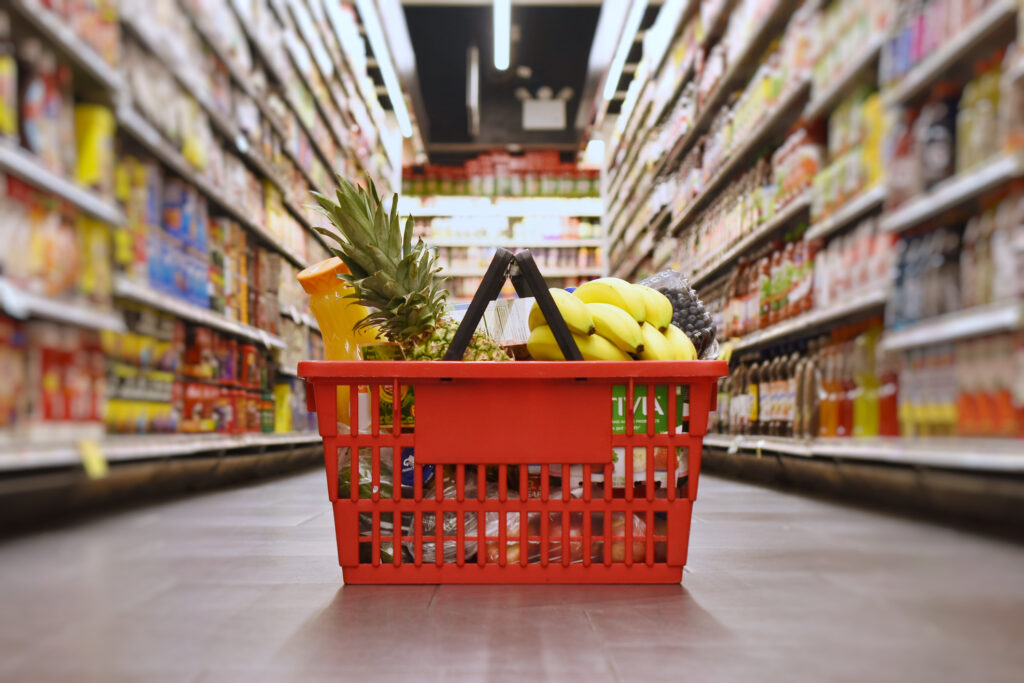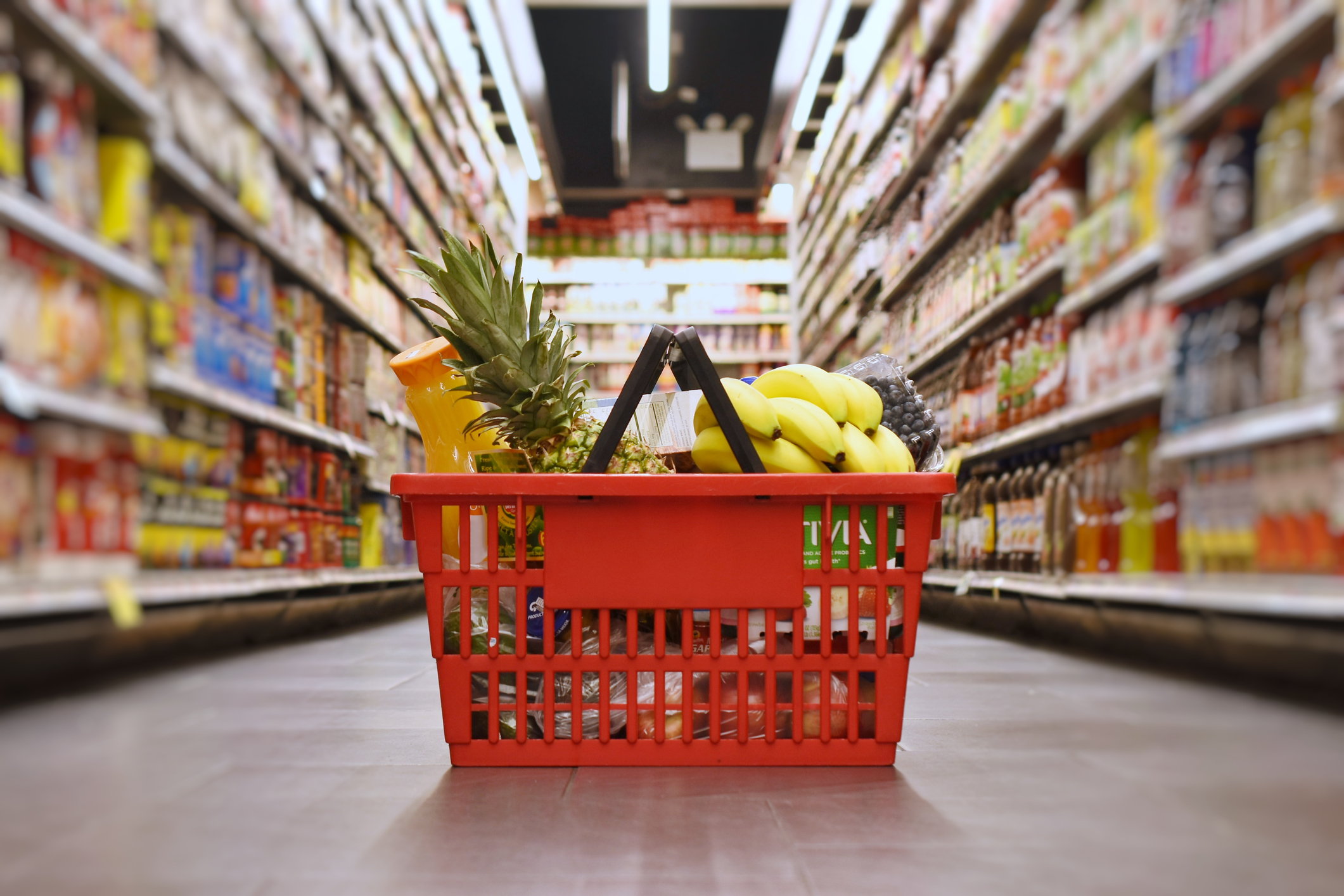A changing purchasing patterns and a clearer demand for low prices and discounts. These are some of the conclusions that can be made when we see the results of our latest Mecenat Insights, which deals with students’ food purchases.

Conducting surveys on how the purchases of daily goods are handled often gives a good indication of how the private finances are doing. Everyone needs it and It’s possible to choose a variety of products and price levels. It’s also a segment where we have done market research over time and got a pretty good picture of how the development looks like and what has changed, depending on the current economy.
Just as among other customers, the three major players on the market, ICA, Axfood and COOP, dominate among students. They have an almost unthreatened position, but not completely. If we look at their different store concepts, we can see that Lidl, with a clear low-price profile, has climbed significantly and overtakes some of the large groups’ brands when students indicate where they prefer to shop.
When the students tell us which product groups, they would most like to have a student discount on, we can also see fairly clear differences that indicate that they have become more price conscious. Organic and vegan food, which often has a slightly higher price, drops significantly, while dry goods see a clear increase.
With the clear result, it is inevitable that one wonders if they have taken the advice to a greater extent to fill the pantry with cheap groats, lentils, and beans. The student group has a habit of being at the forefront of developments and being quick to adopt new trends.
Stores in the vicinity and accessibility still play a big role in choosing where to shop, but low prices, good campaigns and offers are getting closer and are almost as important this autumn.
When we ask about how they shop online, it looks much like before that just under half have tried it at some point. The ones who do it regularly has fallen somewhat over time, which may be due to the fact that they were possibly more anxious to avoid personal contact in grocery stores during the pandemic. And also that it costs are often higher to have the food ordered and delivered to the doorstep.
Of those who choose to order online, discounts, and offers have sailed up a number of positions as the second most important factor. At the top is still the general price level, which has been the most important factor since we started making Insights about food purchase.
The niche online food stores are very well known, but when the students then go shopping, it’s the more established chains that are chosen to a significantly greater extent.
Home delivery of restaurant food, which is also largely a matter of price, also decreases in scope in the student group. The results show a clear decline and land at an “all time low”.
All in all, the students show a significantly greater price awareness when they make their food purchases and are significantly keener in finding discounts and offers when shopping – something that can lead them to completely new stores and a change of purchase patterns.
The survey was conducted in October 2023 and was answered by 1,164 randomly selected students in Sweden.

